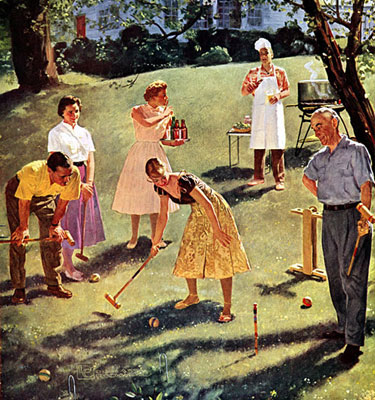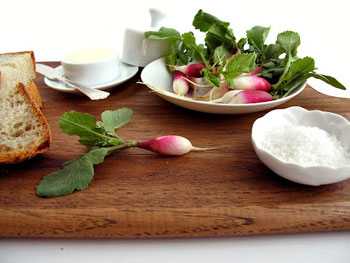 This really isn't a recipe—it doesn't even involve cooking or assembly. It's just a few simple ingredients brought together in a perfect way: radishes, butter, and salt. Most people don't give radishes a second thought mainly because they don't eat them. As I've shown in recipes before and will show this week, radishes can be made into many different dishes with ones that are even cooked. But the absolute best way to eat them is with just a little salt and butter.
This really isn't a recipe—it doesn't even involve cooking or assembly. It's just a few simple ingredients brought together in a perfect way: radishes, butter, and salt. Most people don't give radishes a second thought mainly because they don't eat them. As I've shown in recipes before and will show this week, radishes can be made into many different dishes with ones that are even cooked. But the absolute best way to eat them is with just a little salt and butter.
Radishes are a very humble vegetable, so you would never expect to eat them anywhere but home, let alone find them served at a high-end restaurant. But a few years ago at ABC Kitchen I was served radishes with salt, bread, and butter.
I couldn't believe my eyes because it was such a simple presentation but a very effective one that truly represented the restaurant's "green" objective very clearly—it was all about the fresh produce. Besides all the wondeful dishes I enjoyed that evening, the radishes really stood out in my mind and memory—it's why I'm writing about them now.

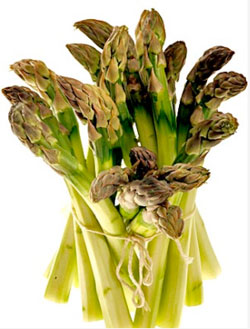 I'm wary of people who dig too deep for food metaphors, particularly when they involve religion, but if ever there were a case for a perfect pairing of produce and season, it would be asparagus and Easter.
I'm wary of people who dig too deep for food metaphors, particularly when they involve religion, but if ever there were a case for a perfect pairing of produce and season, it would be asparagus and Easter.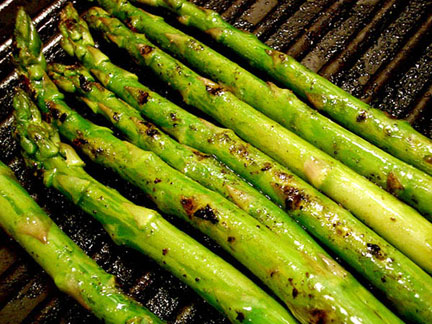 This is the perfect time of year to serve fresh asparagus and one great method for cooking is an indoor grill pan.
This is the perfect time of year to serve fresh asparagus and one great method for cooking is an indoor grill pan. The flavors of the Mediterranean are an ideal match for preparing lamb. Rosemary and garlic are traditionally used in Greek and Italian cooking. I can't imagine not using them both when marinating meats, particularly lamb. It's great for either a leg of lamb for roasting or chops for grilling. The woody perfume of the rosemary permeates the meat, creating earthy flavor. Greek cuisine also utilizes lemons to add brightness to dishes. Here the lemon juice tenderizes the meat and brightens the flavor. Rosemary, garlic, and lemon are the triumvirate of Mediterranean cooking.
The flavors of the Mediterranean are an ideal match for preparing lamb. Rosemary and garlic are traditionally used in Greek and Italian cooking. I can't imagine not using them both when marinating meats, particularly lamb. It's great for either a leg of lamb for roasting or chops for grilling. The woody perfume of the rosemary permeates the meat, creating earthy flavor. Greek cuisine also utilizes lemons to add brightness to dishes. Here the lemon juice tenderizes the meat and brightens the flavor. Rosemary, garlic, and lemon are the triumvirate of Mediterranean cooking.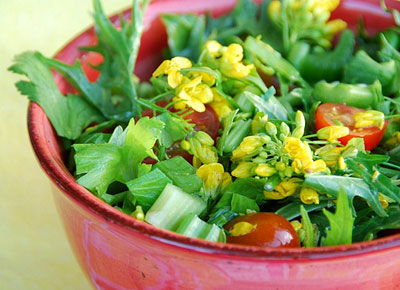 Growing up "salad" meant a plate with iceberg lettuce, cucumber, carrot, and tomato slices, and bottled Catalina dressing.
Growing up "salad" meant a plate with iceberg lettuce, cucumber, carrot, and tomato slices, and bottled Catalina dressing.